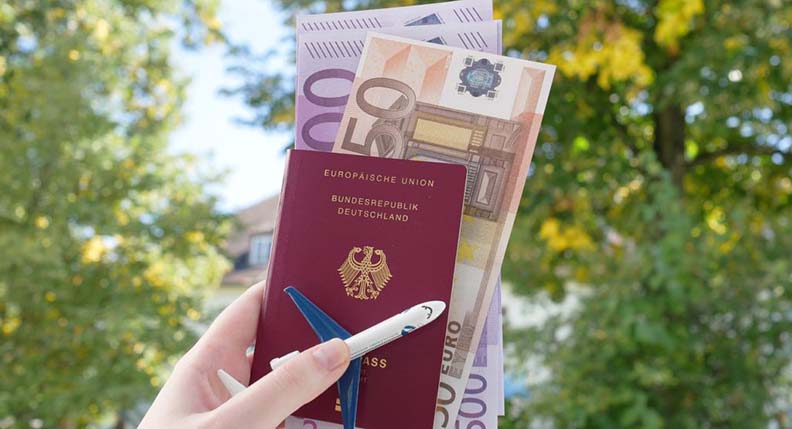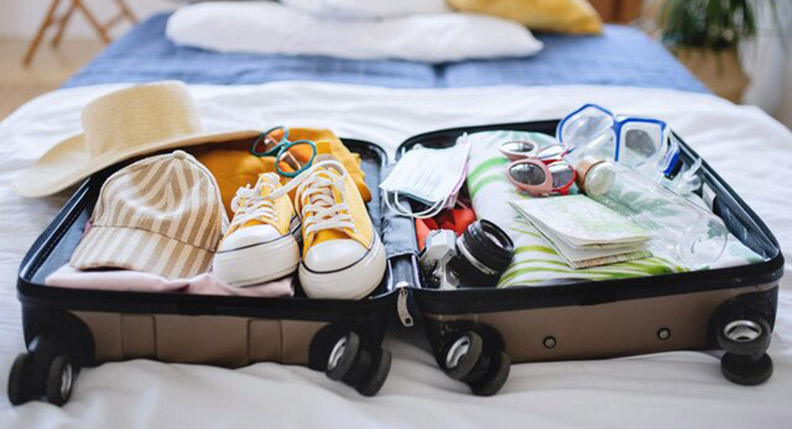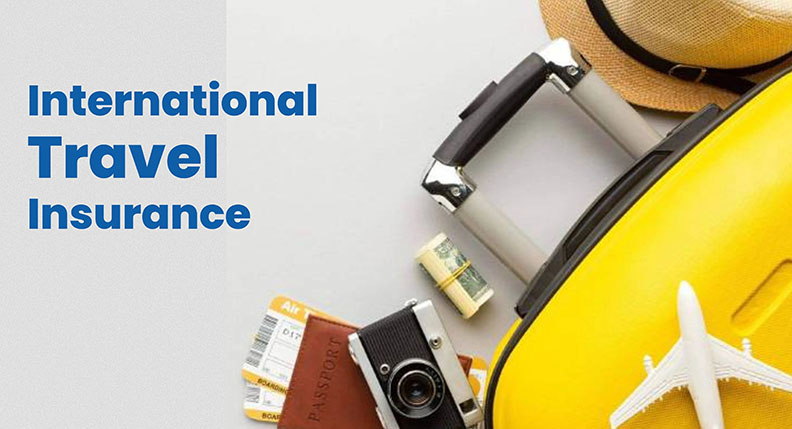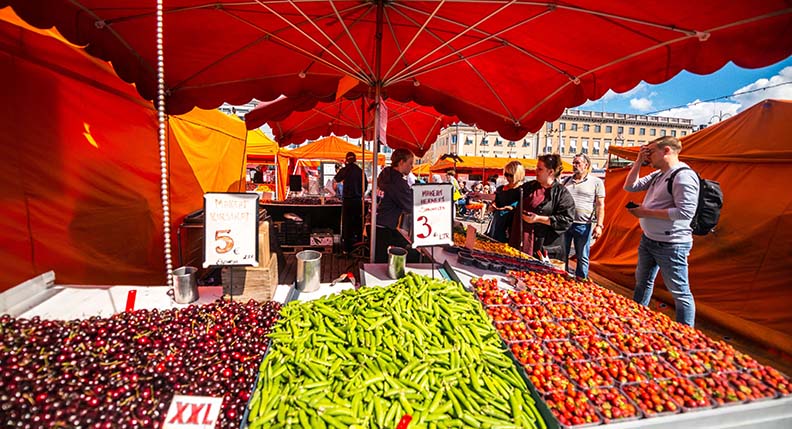Peru, a country steeped in history, teeming with natural beauty, and brimming with cultural treasures, is a dream destination for adventurers and explorers alike. From the mystical Machu Picchu to the bustling streets of Lima, Peru offers a tapestry of experiences. However, before you set off on your Peruvian expedition, it’s essential to be well-prepared. We’ll delve into the travel essentials you should know before you embark on your journey, ensuring a smooth and enriching exploration of this South American gem.
Visa and Passport Requirements
Your passport is your ticket to Peru, so ensure it’s valid for at least six months beyond your intended departure date. Most travelers, including citizens of the United States, Canada, and the European Union, can enter Peru for tourism purposes without a visa for up to 183 days. Nonetheless, always verify the latest visa and entry requirements based on your nationality.
Language and Communication
Spanish is the official language of Peru, but you’ll find English spoken in tourist hubs. Learning some basic Spanish phrases can enhance your travel experience and facilitate interactions with locals. Phrases like “Hola” (hello) and “Gracias” (thank you) can go a long way in bridging the language gap.
Currency and Currency Exchange
The official currency in Peru is the Peruvian Nuevo Sol (PEN). While credit cards are widely accepted in urban areas and tourist hotspots, it’s advisable to carry some cash for small purchases and in locations where card usage may be limited. Currency exchange services are readily available at banks, exchange offices, and ATMs in major cities and towns.
Health Precautions and Vaccinations
Consult with your healthcare provider before traveling to Peru to ensure your routine vaccinations are up-to-date and to discuss any recommended vaccinations based on your travel plans. It’s wise to carry a basic medical kit with essentials like pain relievers, antacids, and any necessary prescription medications.
Travel Insurance

Invest in comprehensive travel insurance that covers medical emergencies, trip cancellations, and other unforeseen circumstances. Ensure you have copies of your insurance documents readily accessible during your journey.
Climate Considerations
Peru’s climate varies greatly depending on the region and altitude. Be prepared for diverse weather conditions, ranging from arid deserts in coastal areas to the chilly high-altitude climates of the Andes. Packing layered clothing and rain gear is advisable to accommodate changing temperatures and precipitation levels.
Vaccination and Altitude Sickness
If you plan to explore high-altitude areas, such as Cusco and Machu Picchu, be aware of altitude sickness, locally known as “soroche.” To acclimatize gradually, spend a day or two in lower-altitude cities like Lima or Arequipa before ascending to higher elevations. Consult your healthcare provider about altitude sickness medication as a precaution.
Sampling Local Cuisine and Street Food
Peruvian cuisine is celebrated worldwide for its diverse flavors and fresh ingredients. Don’t miss the opportunity to indulge in local dishes like ceviche, lomo saltado, and anticuchos. While street food can be incredibly delicious, choose vendors with hygienic practices to avoid digestive issues.
Safety and Valuables
Peru is generally safe for travelers, but it’s essential to stay vigilant, especially in crowded areas and tourist spots. Avoid displaying valuable items, keep an eye on your belongings, and use reputable transportation services. Carry photocopies of your passport and important documents while securing the originals in a safe place.
Electrical Adapters and Voltage
Peru uses Type A and Type C electrical outlets with a standard voltage of 220 V and a frequency of 60 Hz. Ensure you have the appropriate electrical adapters and converters if your devices require a different plug type or voltage.
Booking Accommodations
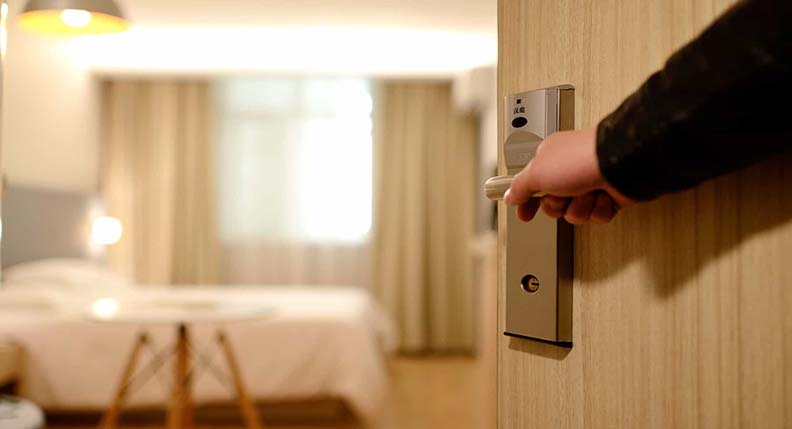
Peru offers a wide range of accommodations to suit all budgets and preferences. Utilize platforms like Booking.com, Airbnb, and local hotel websites to find lodgings that match your requirements. During peak tourist seasons, it’s advisable to book accommodations well in advance.
Transportation and Getting Around
Peru boasts a well-developed transportation network, including buses, taxis, and domestic flights. In cities like Lima and Cusco, rideshare apps like Uber offer convenient and affordable transportation options. For longer journeys within Peru, reputable bus companies provide comfortable and cost-effective choices.
Embrace Local Culture and Heritage
Lastly, immerse yourself in Peru’s rich culture and heritage. Engage with locals, participate in cultural events, and explore historical sites to gain a deeper appreciation of this remarkable country.
Peru offers a kaleidoscope of experiences for travelers, from its archaeological marvels and natural splendor to its culinary treasures and warm hospitality. By heeding these travel essentials, you’ll be well-prepared to embark on your Peruvian escapade with confidence and enthusiasm.
